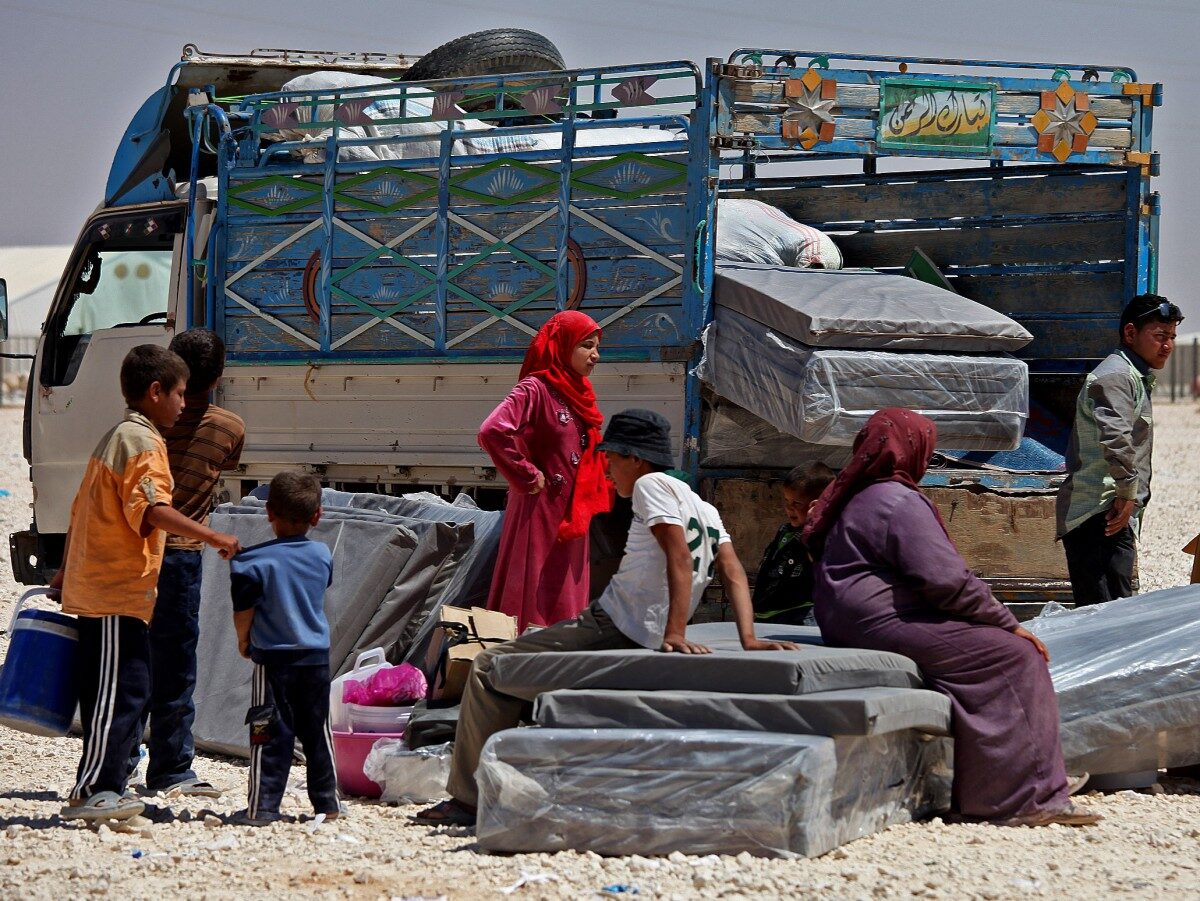
Ahead of World Refugee Day Thursday, the United Nations High Commissioner for Human Rights released a report showing that global refugee and internally displaced populations reached a 20-year high in 2012, with 45.2 million people who have fled their homes due to war, persecution and political conflict.
“War is the main reason for this very high number of refugees and people internally displaced. Fifty-five percent of them correspond to the well-known situations of Afghanistan, Somalia, Iraq, Sudan, and Syria,” said Antonio Guterres, the U.N. high commissioner for refugees.
Guterres was in Jordan on World Refugee Day to stand with the people of Syria, who make up one of the largest refugee populations in the world due to the ongoing struggle between rebels and President Bashar Assad. The conflict has displaced 1.6 million people over the last 2 ½ years, according to the U.N.
Many have fled to neighboring Jordan, which is now home to more than 500,000 registered Syrian refugees. Most Syrian refugees in Jordan live in the Zaatari Refugee Camp, which has suddenly become Jordan’s fifth-largest city and the second-largest refugee camp in the world.
“I have come to Jordan on this World Refugee Day to stand by the people of Syria in their time of acute need. I also want to salute Jordan, Lebanon, Turkey and all the countries in the region for being generous havens that have saved hundreds of thousands of lives,” Guterres said.
He was joined by actress and United Nations High Commissioner for Refugees Special Envoy Angelina Jolie, who visited refugees and called upon the international community to pledge more assistance to displaced populations.
“The worst humanitarian crisis of the 21st century is unfolding in the Middle East today,” said Jolie. “The international response to this crisis falls short of the vast scale of this human tragedy. Much more humanitarian aid is needed, and above all, a political settlement to this conflict must be found.”
It’s a grave issue in Syria, but there are other conflict zones contributing to the growth of refugee populations around the world.
Afghanistan remained atop the list of largest refugee populations, with 2.6 million at the end of 2012. Overall, 1 in 4 people among the global refugee population is from Afghanistan. Conditions in Somalia have produced 1.1 million refugees, as well.
The last time the refugee crisis reached this level, major wars in the former Yugoslavia and a genocide in Rwanda pushed the global refugee population to a similar level.
It wasn’t all negative news on World Refugee Day, however, as Guterres reported that a large number of refugees have been repatriated. Roughly 2.1 million internally displaced people and 526,000 refugees returned home in 2012, he said.
“New refugees, new internally displaced, unfortunately represent much more than those able to find an answer to their plight,” said Guterres.


